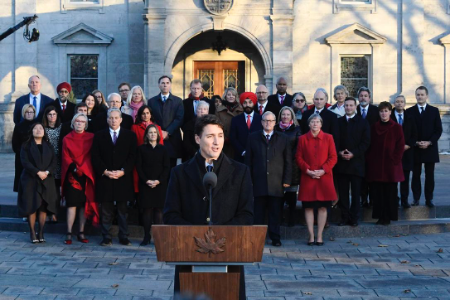It takes teamwork to make a dream work.
‒ THE SECOND BEST EXOTIC MARIGOLD HOTEL (2015)
Linus van Pelt was a mainstay of the Peanuts comic strip. Witty and wise, yet insecure, Linus always carried a security blanket. Everyone with fears and anxieties can identify. People also need affirmation of their unique contribution. They want to stand out from the crowd to be recognized yet feel part of something bigger. And now and again, we appreciate a blanket as cover for something later regretted.
Albert Schweitzer said: “You don’t live in a world all alone. Your brothers [and sisters] are here, too.” Experienced leaders know that organization insiders behave according to shared values and traditions. Cultural adaptation does not occur if staff are abandoned to learn corporate culture or if they do not change when the culture changes. People who are seen as different can get shut out or ostracized.
Valuing diversity
Diversity is the range of qualities, experiences, and identities that shape people, their thinking, engagement, and perception by the world. It concerns dimensions of race, ethnicity, gender, age, sexuality, ability, wealth, beliefs, and politics. It is also about differences in personality, style, perspective, and capability.
Workforce diversity contributes to innovation, organizational performance, and trust in public institutions when managed inclusively. As populations in many parts of the world diversify, the composition of the public sector workforce becomes more diverse. This can strengthen public service capacity against attrition by an aging workforce.
Government commitment is required to promote proactive diversity management strategies and an inclusive work environment. Few take a broader perspective beyond gender and disability laws. Most diversity strategies enshrine equity and accessibility and protect against discrimination, but few transfer these values to people-centred policy making and service delivery. Implementing diversity management strategies and tools remains challenging.
Managing inclusion
The Ontario Public Service is committed to respectful workplaces that are diverse, inclusive, accessible, and free from discrimination. Ontario is the most culturally-diverse province in Canada: almost 14 million residents speaking 200 languages; the largest Indigenous population; 1 in 7 with disabilities; 48 per cent of the population racialized by 2036; and half the workforce made up of Millennials.
Inclusion means recognizing, welcoming, and making space for diversity. An inclusive OPS must capitalize on the diversity of ideas, experiences, skills, and talents of all public servants. The challenges are significant: racialized employees make up 23 per cent of the OPS; employees with disabilities are less engaged by OPS culture; and 30 per cent of managers and 34 per cent of executives are set to retire within five years.
The OPS Inclusion & Diversity Blueprint envisages three priorities for action:
- Diversify the talent pipeline. Female, Indigenous, racialized, and disabled employees are underrepresented in senior management. The strategy is to set goals and targets to diversify leadership ranks; identify and confront potential bias and systemic barriers in recruitment, hiring, and promotion; and strengthen mentoring, coaching, and sponsorship.
- Advance inclusive leadership. Inclusive leaders need to be role models and leverage diversity within their teams. The strategy is to strengthen inclusive competencies used to hire, develop, promote, and evaluate leaders; and to develop performance frameworks that hold leaders and ministries accountable for outcomes, track OPS progress, and implement evidence-based policies.
- Build capacity to deliver inclusive public services. More than half of LGBTQ+ members and Black employees with mental or physical disabilities experience discrimination in the workplace. The strategy is to incorporate diversity concepts and inclusion skills in OPS learning; integrate equity assessments in policies, programs, and practices; and strengthen capacity for stakeholder engagement and organizational collaboration to deliver new priorities.
Like many employers, the public service faces the special diversity and inclusion challenge of managing five generations in the workplace: Z (under 20), Y or Millennials (20-35), X (36-54), Baby Boomers (55-74), and Matures (75-plus). They share some similarities but also have different perspectives about issues like workplace design, motivation, burnout, and wellness. Managing intergenerational collaboration is, by necessity, asymmetrical.
Many commentators believe that Millennials, as digital natives, hold the key to transforming government, especially during a pandemic. They urge managers to leverage their skills and insights by:
- Yielding citizen-centred outcomes at speed and scale;
- Representing Millennials equally in teams alongside seasoned people;
- Ignoring immovable traditions in favour of considering wild ideas;
- Re-evaluating hiring practices to onboard Millennial top talent; and
- Improving the efficiency of collaboration and transparency tools.

